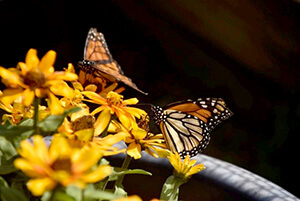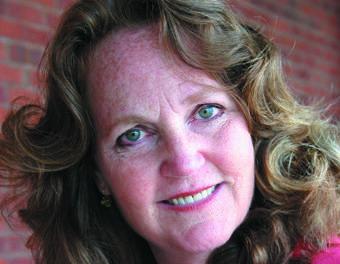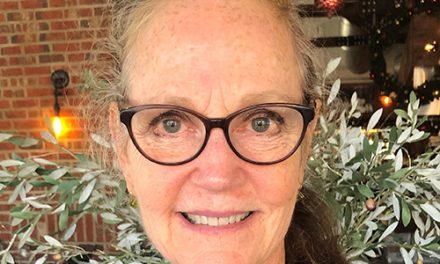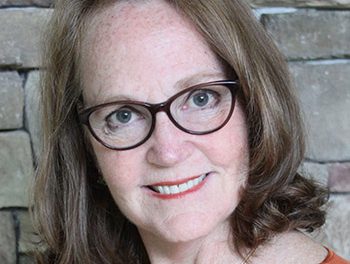
Butterflies are just one of the many pollinators.
If not for bees and other pollinators, the world would starve. Pollination accounts for between 80 to 90 percent of our food crop yields as well as the continuation of these crops by producing seed.
Those buzzing honey and bumble bees, colorful butterflies and quick-darting hummingbirds have a huge job to perform: pollinating plants that grow into the fruits and vegetables we eat and the blossoms we enjoy.
But to get a bountiful crop to harvest, gardeners need to feed the pollinators. By adding native plants to your landscape, you encourage pollinators to your garden all year long. Not only are you providing colorful blooms that attract these vital creatures, you’re creating a place for them to nest, shelter and breed.
Many hybrid plants or hybrid varieties of natives have been developed with their appearance in mind, but little consideration for the plant’s ability to produce nectar, pollen or fragrance. This is especially true of blooms that have been bred to have double flowers, such as new colors of coneflowers and some daisies.
Native plants, those that thrive in our Northeast Georgia climate and soil conditions, are well suited to support the pollinator population. Look to these natives as ideal additions to your landscape.
Meet the pollinators
Pollinators range from bees and butterflies to birds. Bees are created to be pollinators, with hairy bodies and pocket-like structures on their back legs to transport pollen back to the hive. Bee larvae feed on pollen, so they are conditioned to seek it as adults.
Butterflies, hummingbirds, moths, flower flies, beetles and wasps pollinate with varying degrees of efficiency. Unlike bees, their success is almost by accident, earning the classification as incidental pollinators. As they dine on sweet nectar, pollen may dust their wings or their feathers and is transferred to other flowers and plants upon which they light. The rapid beating of their wings also aids in pollination.
Catering to pollinators
A national movement to increase habitat for pollinators has created a plethora of information about what attracts pollinators, how to create habitats and even how to become certified as a pollinator habitat.
The U.S. Department of Agriculture/Forest Service offers the following tips:
- Consider plants with a range of bloom seasons from spring through fall.
- Pollinators more easily find plants in clumps rather than single plants. This also makes your garden more attractive and easier to care for.
- Choose native varieties of plants rather than their “prettier” hybridized relatives.
- Mix in annuals, perennials, flowering shrubs and trees.
- Check with your area’s extension office or a Master Gardener for a list of the best natives to plant to attract your region’s pollinators. Keep in mind that some may be considered weeds in your area.
- Do not remove dead trees or branches. They may become attractive nesting options for bees.
- Avoid using pesticides. If you must use them, read the label for the least toxic to wildlife. Spray at night when bees are not active.
- Learn more about pollinators by reading guidebooks about bees, butterflies and hummingbirds.
Numerous organizations provide resources and spearhead events that raise awareness about the importance of pollinators. Check out the North American Pollinator Protection Campaign, www.pollinator.org.
Mark your calendars for Fall Expo
The Hall County Master Gardeners’’ Fall Expo is a perfect place to find plants, trees, shrubs and garden advice. It takes place Friday, Sept. 24, and Saturday, Sept. 25, at Chicopee Woods Agricultural Center near Gainesville.
Check out the free garden advice and hear expert speakers, including information about pollinators, rain gardens, Japanese maple pruning and fall vegetable gardening.
For more info visit: www.hallmastergardeners.com or call 770 535-8291.
Photo: by Pamela A. Keene






